Citroën Traction Avant classic cars for sale
The Citroën Traction Avant stands as a technical milestone with front-wheel drive and monocoque bodywork, produced from 1934 to 1957. The model range, including 7CV, 11CV, and 15CV, laid the groundwork for Citroën's reputation for innovation. With over 760,000 units made in various body styles and continuous updates, the Traction Avant remains a defining reference for pre- and post-war automotive technology.
Search results
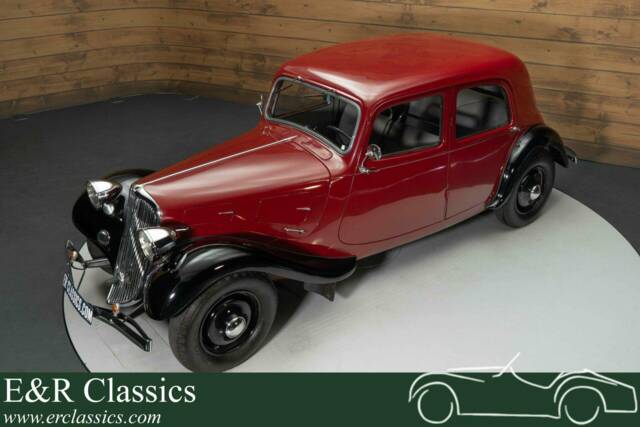
1935 | Citroën Traction Avant 7 C
Citroen Traction
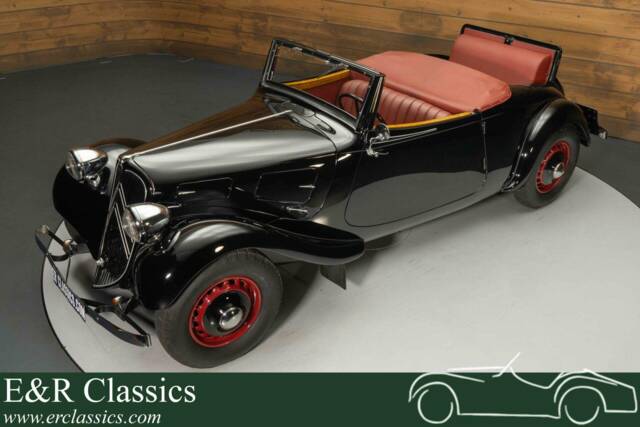
1937 | Citroën Traction Avant 7 C
Citroen Traction
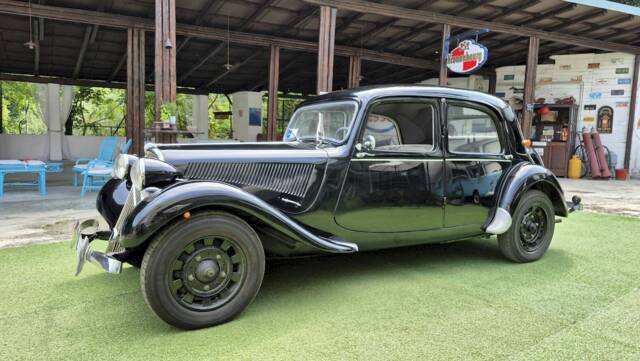
1955 | Citroën Traction Avant 11 BL
Citroen Traction Avant 11 BL – 1955
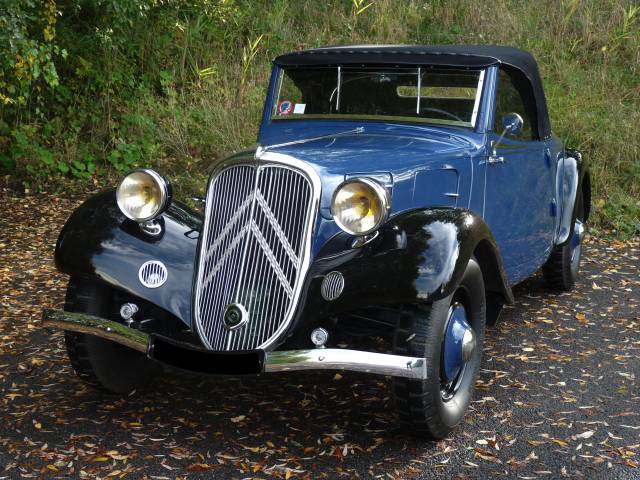
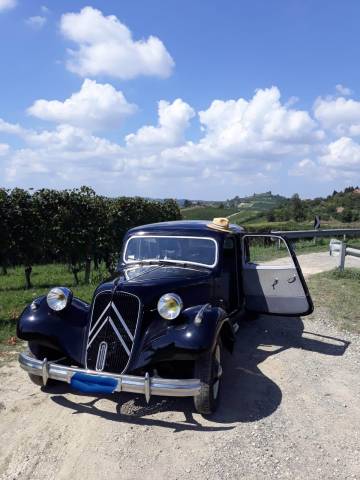
1955 | Citroën Traction Avant 11 BL
SPLENDIDA TRACTION AVANT BERLINA TARGA ORO
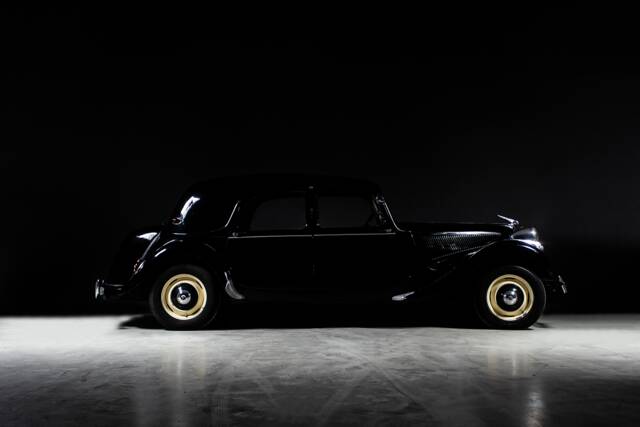
1955 | Citroën Traction Avant 11 légère
Citroën 11N of 1955
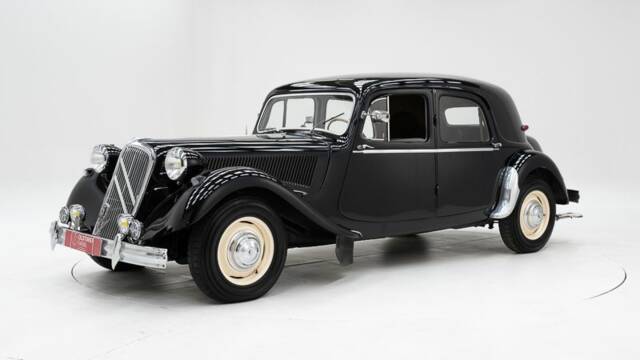
1953 | Citroën Traction Avant 15/6
1953 Citroen Traction Avant 15 Six '53
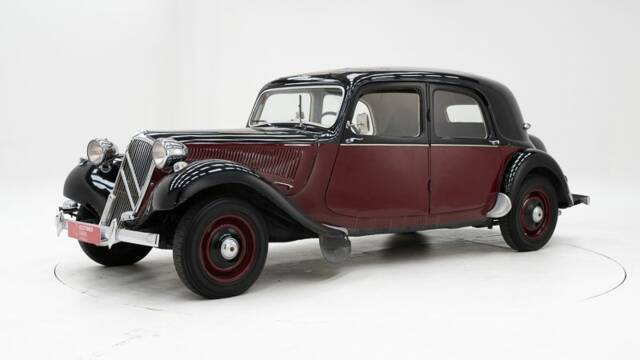
1952 | Citroën Traction Avant 15/6 Familiale
1952 Citroen Traction Avant '52
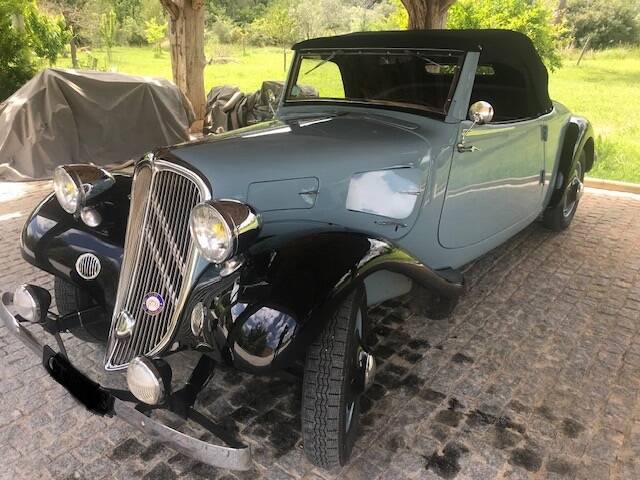
1935 | Citroën Traction Avant 7 C
Rare Citroën 7C Cabriolet entièrement restauré
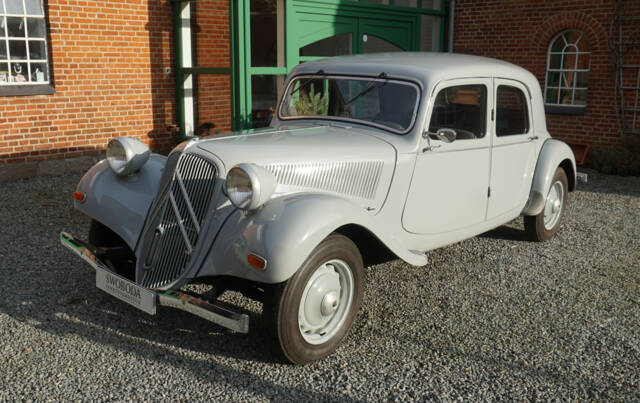
1955 | Citroën Traction Avant 11 B
Citroën Traction Avant 11CV (11B) - A piece of French automotive history
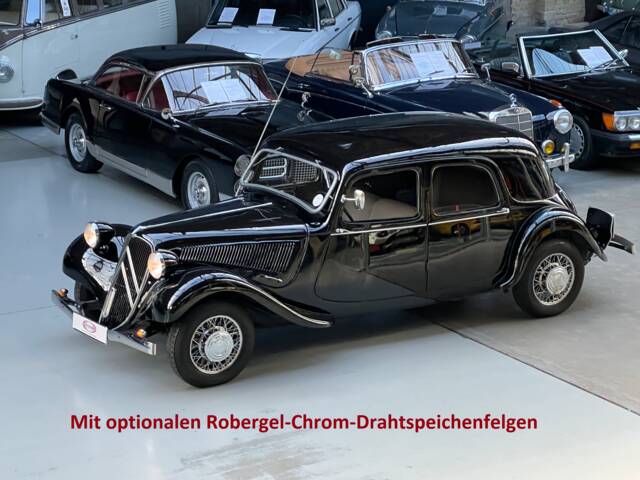
1949 | Citroën Traction Avant 11 B
Gangsterlimousine
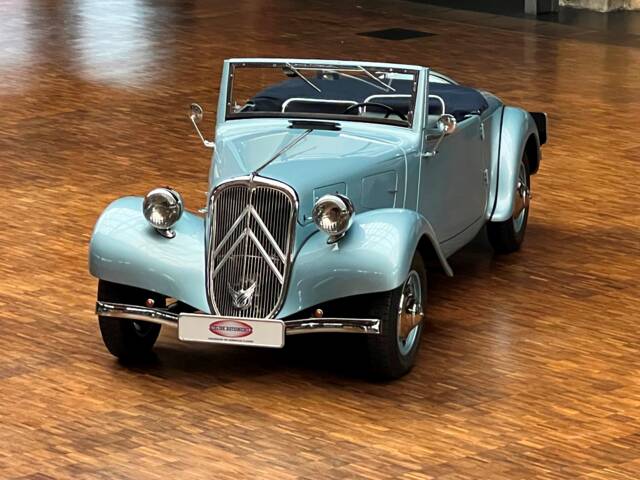
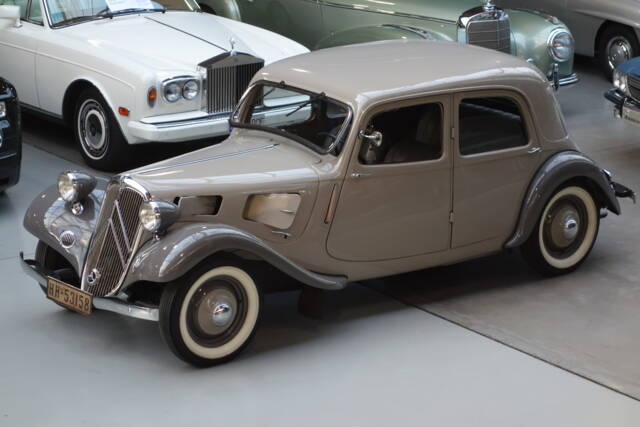
1935 | Citroën Traction Avant 7 C
Der Poller
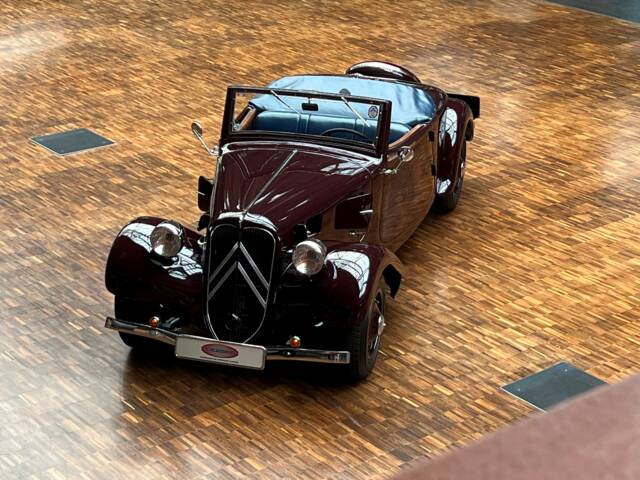
1938 | Citroën Traction Avant 11 BL Légère
Französisch-deutsch-deutsche-Geschichte
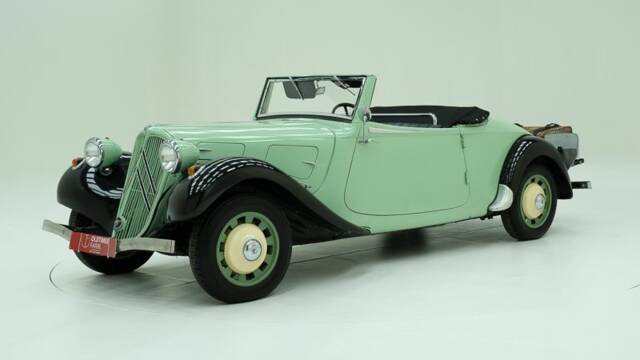
1935 | Citroën Traction Avant 11 BL Légère
1935 Citroen Traction Avant 7C '35
History of the Citroën Traction Avant
Launched in 1934 under the direction of André Lefèbvre and designer Flaminio Bertoni, the Citroën Traction Avant introduced cutting-edge technology to the mass market. Its name, French for 'front-wheel drive', highlights the radical drive layout, which significantly improved handling and safety—qualities rarely found in contemporaries. The car's self-supporting steel monocoque body reduced weight and increased rigidity, marking a departure from the separate frame construction of earlier vehicles.
Citroën faced financial hardship due to the car's development costs, leading to the company's takeover by Michelin. Yet, the Traction Avant's influence endured, setting a template for future Citroëns, especially as a direct precursor to the DS. Its popularity soared across Europe, finding a niche during the 1930s and 1940s as both an executive saloon and, due to its dynamic abilities, a favoured getaway vehicle, giving rise to its 'gangster limousine' nickname. Factory production continued through World War II and into the 1950s, ending only in 1957, with the DS taking over the mantle.
Model History
The Traction Avant lineage began with the 7CV series: the short-lived 7A (1303cc), followed by the more capable 7B and 7C, both utilising progressively larger and more powerful inline-fours. All feature front 'suicide doors' and advanced suspension for the era. The 11CV series launched in 1935, offering a longer wheelbase and wider track (11 Normale) alongside the lighter 11 Légère. Notable upgrades included exterior-opening boots and varying grille finishes. In 1938, the 15/Six arrived, powered by a 2867cc straight-six, sharing its underpinnings with the 11 Normale but with more imposing proportions. Experimental and export models included the 22CV (V8, not mass-produced) and various adaptations for right-hand drive and foreign markets. Production spanned saloon (berline), coupé, roadster, commercial, and 'Familiale' (three-row) variants, with the 11CV accounting for the vast majority of production.
Highlights and Unique Features
The Traction Avant broke new ground as the world's first high-volume production car with front-wheel drive and a monocoque chassis. Hydraulically operated brakes, independent front suspension with double wishbones and torsion bars, plus advanced steering and drivetrain design ensured exceptional road holding. The dashboard-mounted gear lever and the car's streamlined bodywork were highly progressive for their time. Citroën's use of the car as a testbed for innovations like radial tyres and, later, hydropneumatic suspension (in the 15H), summarises its role in automotive evolution.
Technical Data
Special Editions and Collectible Models
The rarest Traction Avant variants include the 22CV V8 prototype (never commercially released), pre-war cabriolets, and the Familiale models with three-row seating (just 11,323 produced). The 15H, introduced in 1954, gained factory hydropneumatic rear suspension, foreshadowing technologies later fully realised in the DS. Right-hand drive 'Light Fifteen' and unique export versions featuring special trim, wood and leather interiors, and bespoke wheels ('Pilote') add to the diversity and collector interest of the series.
Weak Spots and Common Issues
Despite their robust reputation for their day, buyers should inspect for corrosion in the chassis and body panels, as the unibody structure is complex to repair. Suspension bushes, hydraulic brakes, and electrical systems can require periodic attention, especially if converted from 6V to 12V. Authentic replacement parts remain widely available due to the global club network and enthusiastic support, but originality impacts value, especially for rarer models.
Engine, Transmission, and Handling
The front-wheel-drive layout and independent front suspension provided the Traction Avant with exceptionally stable and predictable road behaviour for its class and time. The three-speed manual gearbox, operated via a column shift, functioned smoothly if properly maintained. Engine choices ranged from the modest yet punchy 7CV fours to the 15/Six’s straight-six, each offering a different blend of agility and touring capability. Discernible drawbacks relate mainly to performance relative to modern standards, but early cars demonstrate remarkable comfort and handling for pre-war engineering. Highlighted Models:
- 11CV (1911cc, 41-59hp, top speed up to 120km/h): Most common, offering best parts support and versatility.
- 15/Six (2867cc, 77hp, top speed 135km/h): Praised for smoothness and long-distance reliability, rare among classics.
- Familiale: Valued for passenger space and uniqueness.
Interior, Comfort, Exterior and Design
Designer Flaminio Bertoni shaped the Traction Avant with aerodynamic, rounded lines departing from the boxy contemporaries. Cockpits ranged from simple with Jaeger instrument clusters to more lavish, export-market trims featuring leather, wood, and unique dashboards. Original colour choices included unique period hues such as 'Gris Bruyère' and black, with certain models offering two-tone paint. Accessories like sliding sunroofs, special wheel options, and tailored luggage sets were available. The cabriolet and roadster bodies, in particular, exhibited elegant detailing, while export versions incorporated market-specific features like right-hand drive and special wheels.
Other Noteworthy Aspects
Traction Avants have a broad historical footprint, from their roles in cinematic history and pop culture as the 'gangster car' to extensive club activities and restoration cultures around the world. The platform also served as a crucial development stage for Citroën’s later breakthrough technologies, such as the hydropneumatic suspension system first trialled in the 15H. Export models for the UK, Belgium, and Germany introduced further technical and design nuances, making each country's offerings subtly different.
Summary
With its combination of advanced engineering, innovative design, and historical significance, the Citroën Traction Avant continues to fascinate collectors, restorers, and those passionate about French automotive history. Offering a wide range of body styles and configurations—most notably the versatile and widely supplied 11CV—the model remains a hallmark of driving innovation, comfort, and engineering progress from the pre- to post-war era.














